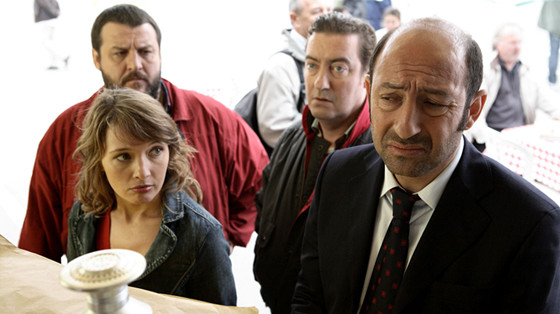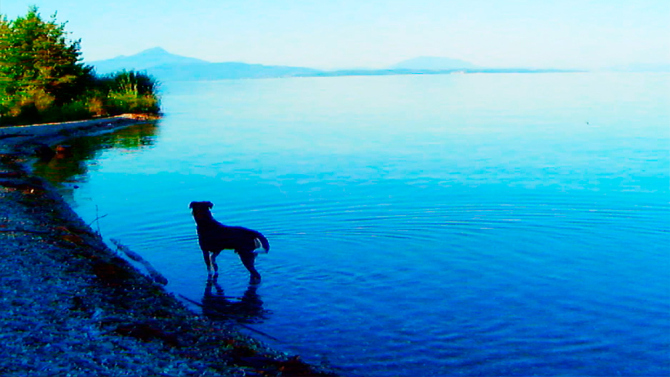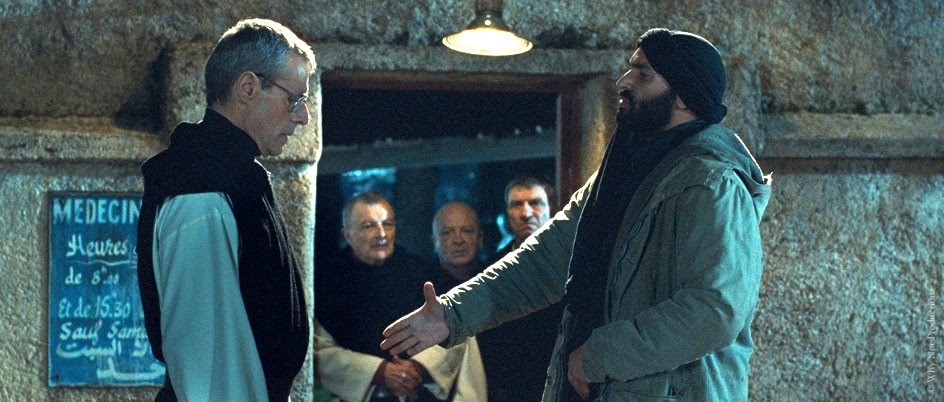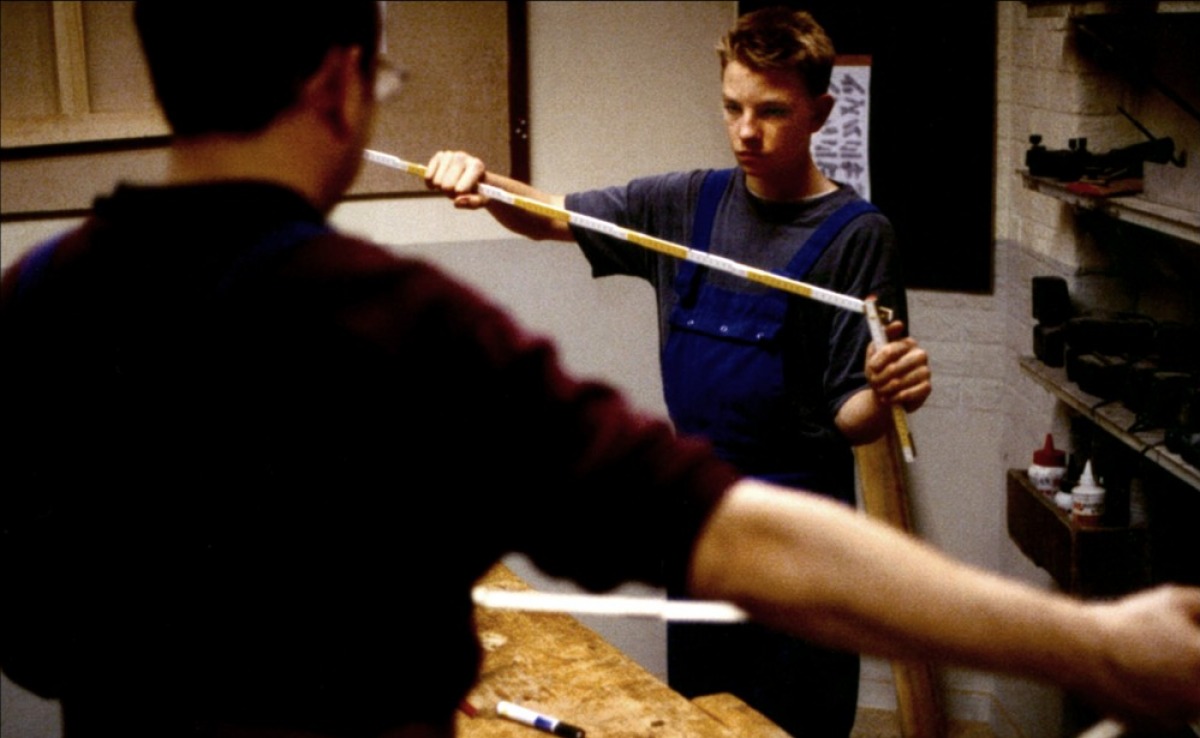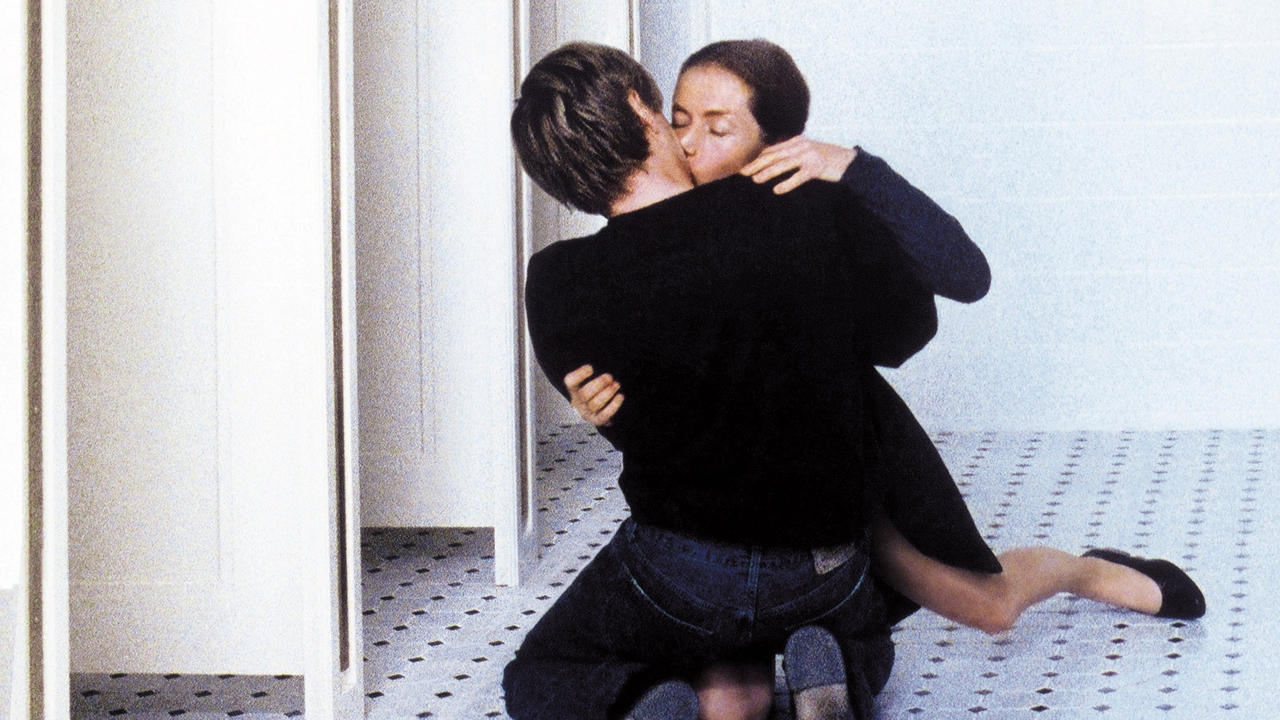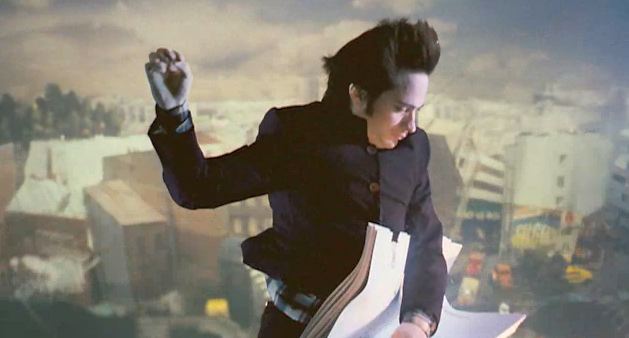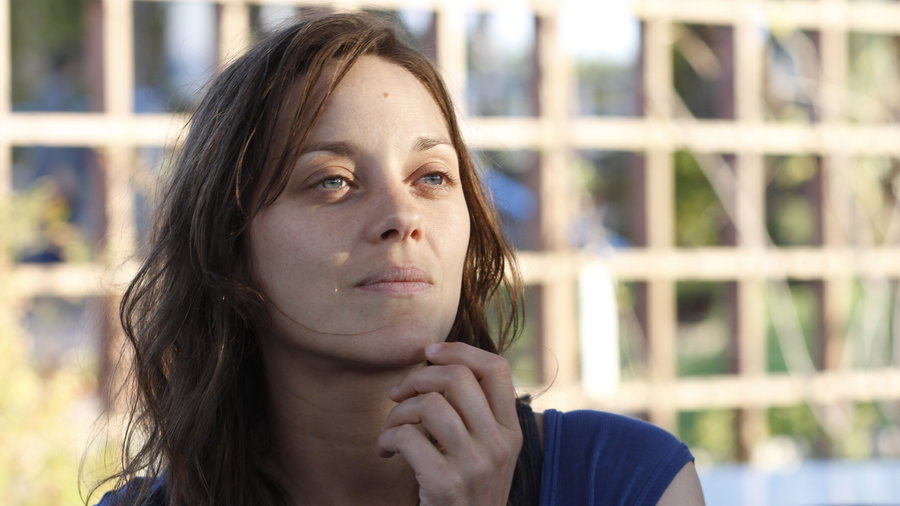
France has always been a trailblazer for European cinema. To begin with, it played a key role in the birth of film with the Lumière brothers’ shorts, while in the ‘20s it became prominent with the French Impressionist Cinema and in the late 50s a new generation of French directors arrived to turn everything upside down, creating the French New Wave.
Ever since then, French cinema has been regarded as innovative, artistic and realistic, but at the same time it is also intertwined with a certain romantic feeling. This slightly two-faced character is well represented by the films on our list. While some of the greatest French films of recent years reflect the popular image of Paris as the city of love, other movies dig deeper below the surface.
Movies such as Amelie, The Triplets of Belleville, The Science of Sleep and Welcome to the Sticks focus on the beauty of simple things in life, whereas The Piano Teacher and Blue is the Warmest Colour explore human desires and emotions, often with an intimidatingly open approach to sexuality.
However, naturalistic representation is not only used for the portrayal of sexuality. Some films are remarkable for their social realism, such as the two movies by the Dardenne brothers, A Prophet and The Class.
Since we are talking about French films, we can’t avoid mentioning the wild independent filmmakers or the directors that don’t fit in the bigger picture due to their unique style, such as François Ozon, Alain Resnais, Michael Haneke and Jean-Luc Godard, the representatives of Auteurism.
20. Welcome to the Sticks (Danny Boon, 2008)
After a silly workplace mistake, Philippe (Kad Merad) gets transferred to the North from the sunny Provence. Philippe and his family receive the news very badly; apparently, they see the North as a dark, cold place where the simple local people speak a French that no one understands.
While Philippe’s family decides to stay behind, he sets off in a warm winter coat to face the cruel Buergues. As he gets to the city, his worst fear seems to come true: at the border it starts raining heavily and, when he first meets someone in the city, they don’t seem to understand a word of each other’s speech. Later, however, it turns out that the North is not that cold, and neither are the people living there.
The film largely builds on jokes about stereotypes and verbal humour, and that is its main aim: to make the audience laugh. Since language is an essential source of comedy here, Danny Boon himself supervised the translation of the film’s subtitles, so, as a result, it is enjoyable even to viewers who don’t speak French.
Welcome to the Sticks is a sweet and entertaining comedy with an essential Frenchness to it, but do not expect radical character development or naturalistic social representation here. The actors do a great job; they are funny and charming, providing a perfect entertainment that is as light as a good French rosé.
19. Goodbye to Language (Jean-Luc Godard, 2014)
Godard emerged as the key figure of the French new wave with films such as Breathless or Vivre sa vie. He introduced a new way of filmmaking with his trademark jump cuts, with episodes divided by long titles or philosophical sentences, and with a completely unique narrative in which the sequences follow each other with big ellipses or occasionally in a completely topsy-turvy way.
Although Godard significantly reformed the language of film, in his early productions his distinct style was nonetheless understandable to large audiences. However, his late films (those released after 1968) are difficult to decipher and are highly intellectual works.
In these, the narrative plot becomes secondary or disappears completely, leaving only a loose mass of images and sounds. With this particular film, Godard waves a final farewell to a coherent film language, offering the viewer a visual melting pot of political and philosophical slogans, two dead bodies, and a dog.
Although the viewer might discern a love story, a liaison between a married woman and a single man, this does not become the main narrative thread of the movie. It is just as significant as the scene of a ship reaching the dock and leaving, or the students conversing in front of a bookshop.
Godard brings film back to the age of the Lumière brothers, when the random moments of life caught on the street became the subjects of short films. Goodbye to Language consists of similar accidental moments, and it is up to the viewer to form their own interpretation of this lack of language or, rather, this new language.
18. Of Gods and Men (Xavier Beauvois, 2010)
Xavier Beauvois’ film is alarmingly up to date; it tells the story of seven Cistercian monks massacred by Islam fundamentalists. It is not so surprising that the movie was an imminent success in France – the true story of the Cistercian monks essentially summarizes the past decades’ controversies regarding the Arab world.
Algeria, where the films’ monks are based, was one of the first French colonies, which became independent only after 1962. Due to the strong historical and cultural connection, the events in Algeria are of special interest to French people.
The assassination of the seven monks was one of numerous attacks that targeted Christians in order to ruin their good relationship with Muslims. However, this film, more than simple a religious parable, elevates the monks’ story into a global symbol representative of all the recent terrorist attacks.
It was only a few months ago that Al-Qaeda members walked into the headquarters of Charlie Hebdo and killed 11 people. This clearly demonstrates that the topic is increasingly relevant, but not only in France: the activity of Islamic terrorists poses a threat to the rest of the world, including the lives of Arabs who wish to live their lives and practise their religion peacefully.
17. The Son (Jean-Pierre Dardenne and Luc Dardenne, 2002)
The Belgian Dardenne brothers are well known for their naturalistic films focusing on young people on the fringes of the society. In The Son they mix the usual social topic with psychological drama.
Olivier (Olivier Gourmet) is a carpenter living alone after the death of his only son which, five years earlier, had ruined his marriage with Magali (Isabella Soupart). He hires an apprentice, Francis (Morgan Marianne), a 16 year-old boy whom he recognizes as the murderer of his late son. Admiring the kid’s talent, Olivier tries to keep this secret to himself, but the truth inevitably comes to the surface.
The plot unfolds slowly in the background and is overshadowed by the mysterious, reserved presence of the master and apprentice. For most of the film, the Dardenne brothers’ camera shows the characters engaged in their work, using few words, their backs turned to the viewer.
The lack of music and dialogue further enhances the movie’s slow rhythm, but as more and more is revealed about the connection between Olivier and Francis, tension fills each image. The secret is almost visible, yet the directors manage to keep up the suspense and withhold the truth’s revelation until almost the very end.
16. The Piano Teacher (Michael Haneke, 2001)
The representation of extreme emotions and sexuality, which are often enhanced by a realistic style of cinematography, is not uncommon in European cinema (Trainspotting, Damage, Dogville). But it is only in France that this approach is considered a movement, called New French Extremity.
Haneke’s The Piano Teacher is an essential contribution to this movement. The film, a study of suppressed sexual desire, represents the elementary nature of emotions and thus reveals the raw and undisguised nature of human beings. The result is a perfect yet revolting story.
The titular piano teacher, Erica (portrayed astoundingly by Isabelle Huppert), is a cold, pathetic and lonely figure. She is full of sexual tension that is ready to break loose any minute, while the frustration stemming from her own desires prompts her to physically harm herself.
The young and charming Walter (Benoît Magimel) arrives, stirring up her Electra complex, and a bizarre sexual relationship starts between teacher and student. Erica’s sexual aberration scares Walter but, at the same time, prompts him to give the woman exactly what she wants: humiliation and violence.
The story jumps between the violent sex scenes and episodes of Erica’s lonely, aberrant life. It delves gradually deeper into the essence of Erica’s distorted sexuality, which is harshly represented through long takes and static shots.
The director does not help the viewer decide who is the main character; it is just as difficult to put ourselves in Walter’s place as it is to share the perspective of the sexually obsessed Erica.
The Piano Teacher is definitely not a movie for the faint-hearted, but it undeniably illustrates the greatness of Haneke. Only a brilliant director could achieve this level of alienation in their viewers, an effect driven by the unvarnished representation of the darkest side of human desire.
15. The Science of Sleep (Michel Gondry, 2007)
Michel Gondry is recognizable for his unique visual style which he achieves by manipulating images in a variety of ways, including makeup, prosthetics and visual effects. The Science of Sleep provides a perfect playground for Gondry’s unique directorial style, since a great part of the film is set in an imaginary world where the elements of reality are represented in a distorted way.
The film is set in Paris and tells the story of Stéphane (Gael Garcia Bernal), who returns to his old family home where he falls in love with Stéphanie (Charlotte Gainsbourg), his pretty neighbour. His attempts to win her however prove futile, as does his desire to gain respect and appreciation in his new job.
Stéphane then withdraws to the inner world of his imagination, though, in the end, it will be his childish fantasy that wins him the lady, friends, and the esteem of his colleagues. The Science of Sleep does not tell an extraordinary story; in the end, it is just another tale of today’s youth and their identity crisis.
What makes it special though is Gondry’s fantastic realism and his incredible visual technique: he creates wonderful creatures using the most simple materials, from paper to canvas and plastic pieces.
Gael Garcia Bernal and Charlotte Gainsbourg give highly natural performances, moving around comfortably in this world inhabited by Gondry’s huge paper mache figures. Stéphane, the daydreamer, is a perfect alter ego for Gondry, turning this simple story into a bittersweet comedy that is at the same time essentially French.
